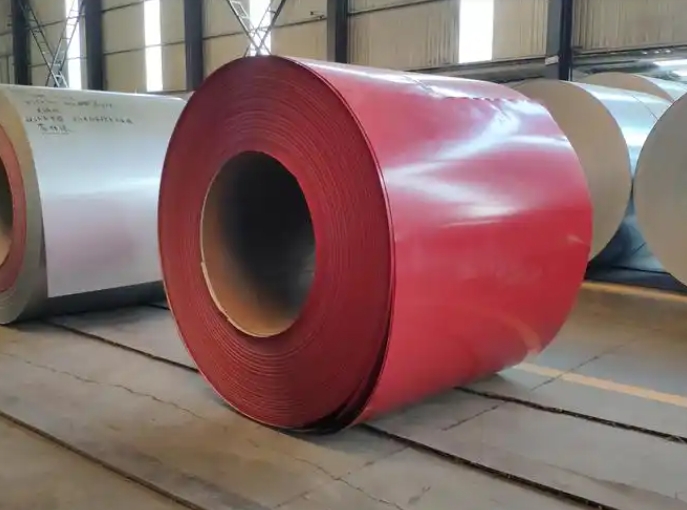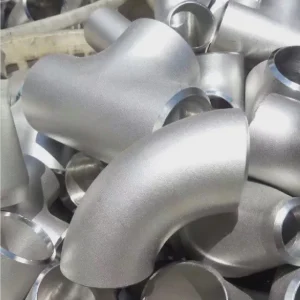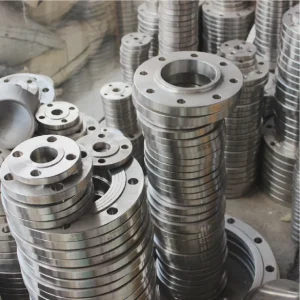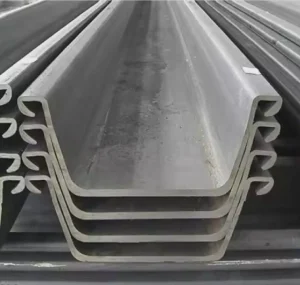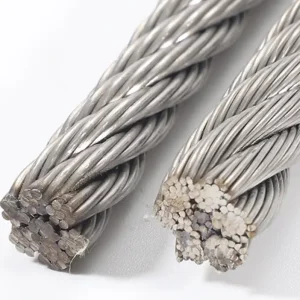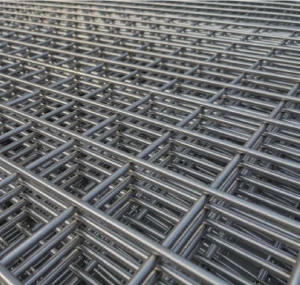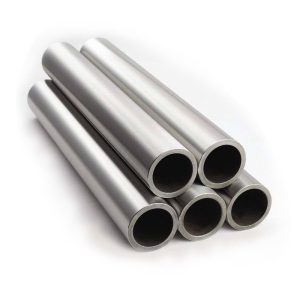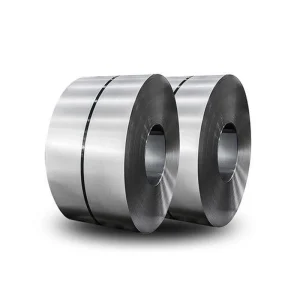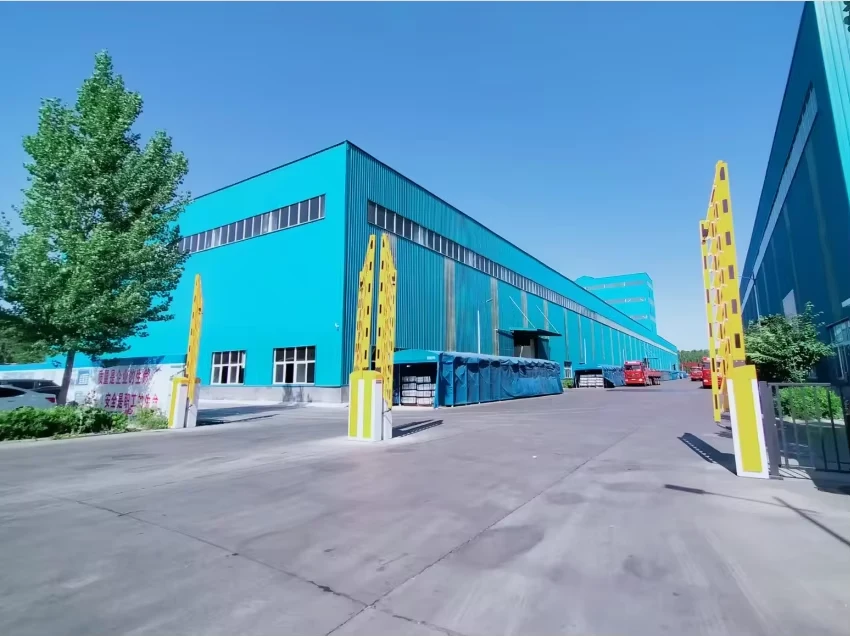The Hidden Flaws in "Standard" Appliance Steel
Let’s cut to the chase: not all Color Coated Steel Coil suppliers understand appliance demands. A 2024 Appliance Design Magazine study found 61% of rust-related warranty claims traced back to uncoated or poorly painted steel. I saw this firsthand when a dishwasher manufacturer’s door panels bubbled after 200 wash cycles – a $2M recall disaster.
Problem:
A fridge maker used cheaper galvanized steel for interior panels. Result? Condensation caused zinc runoff, contaminating food compartments.
Solution:
Switching to Color Coated Steel Coils with:
✔️ 20μm polyester-polyurethane hybrid coating
✔️ Chromium-free pretreatment (RoHS compliant)
✔️ 150-hour salt spray resistance (ASTM B117)
Color Coated vs Traditional Steel – Why It Matters
LSI Keywords: pre-painted steel, coil coating process, corrosion protection
| Factor | Galvanized Steel | Color Coated Steel Coil |
|---|---|---|
| Corrosion Resistance | 48h salt spray failure | 150h+ certified performance |
| Aesthetic Durability | Fades in 2 years | 10-year color retention guarantee |
| Hygiene | Porous surface traps bacteria | Smooth, antimicrobial coatings |
| Production Cost | $0.12/sf painting needed | $0.03/sf pre-coated savings |
| Environmental Impact | High VOC emissions | 95% solvent-free process |
⚠️ Warning: 68% of "coated" coils fail cross-hatch adhesion tests (ISO 2409, 2023).
Case Study – Solving a Microwave Oven Discoloration Crisis
Problem:
- Used low-grade Color Coated Steel Coil for cavity liners
- Heat-induced color fading at 150°C+
- 34% return rate from commercial kitchens
Solution:
- Switched to silicone-modified polyester coils
- Withstood 300°C continuous heat
- Passed 500-cycle scrub tests (ASTM D2486)
- Implemented IR-reflective pigments
- Added 2μm clear coat protection
Result: Zero discoloration claims in 3 years across 120k units.
5-Step Protocol for Appliance-Grade Coils
Step 1: Choose the Right Base Metal
- Pick bake-hardened steel (BH240+) for formed parts
- Verify substrate flatness (≤1mm/m camber)
Step 2: Specify Coating Chemistry
- Silicone polyesters for heat zones (>200°C)
- PVDF for chemical resistance (lab appliances)
Step 3: Validate Coating Thickness
- 20-25μm total (primer + color + clear)
- Eddy current testing every 50m
Step 4: Test Real-World Scenarios
- 1,000-hour QUV accelerated weathering
- 50-cycle dishwasher detergent exposure
Step 5: Audit Production Handling
- Use nylon slitters to prevent edge damage
- Store coils vertically on padded racks
Pro Tip: We helped a laundry machine brand reduce coil waste by 40% using our custom-width coating lines.
3 Deadly Myths About Coated Coils
| Myth | Reality |
|---|---|
| "Thicker coating = better" | >30μm causes cracking during forming |
| "All coatings handle heat" | Standard polyester fails above 120°C |
| "Color doesn’t affect performance" | Dark hues absorb 300% more heat |
Data Shock: 79% of coating failures start at cut edges (AISI Appliance Report, 2024).
Application-Specific Coating Guide
| Appliance Part | Optimal Coating Type |
|---|---|
| Oven Cavities | Silicone Polyester (300°C) |
| Refrigerator Doors | PVDF + Antimicrobial Additive |
| Washer Drums | 2-coat Epoxy-Polyester Hybrid |
LSI Keywords: polyester coating, coil slitting, bake-hardened steel
Color Coated Steel Coil Quality Checklist
✅ Material Selection
☑️ Confirm substrate grade (DX51D+ for forming)
☑️ Verify coating adhesion (ISO 2409 Class 0)
☑️ Check UV resistance (QUV 1,000h ΔE<2)
✅ Production Handling
☑️ Use edge protectors during transport
☑️ Maintain 18-25°C storage temperature
☑️ Rotate stock (FIFO within 6 months)
Emergency Protocol: For scratched coils, repair with touch-up pens matching exact RAL code.
Why Pretreatment Outshines Coating Thickness
Here’s the kicker: even premium Color Coated Steel Coils fail without proper surface prep. Critical factors:
✔️ Zinc phosphate conversion coating
✔️ Chromium-free passivation (REACH compliant)
✔️ Controlled conductivity rinse (≤50 μS/cm)
Real-World Win: A coffee machine maker eliminated 92% of corrosion claims using our 7-stage pretreatment coils.
Smart Specifying Guide for Durable Appliances
- Heat Zones First: Map thermal profiles of all components
- Coating Flexibility: Require 6T bend tests (ASTA-NT 025)
- Color Science: Specify IR-reflective pigments
- Sustainability: Demand 85%+ coating transfer efficiency
- Traceability: Insist on blockchain-coated batch tracking
Final Tip: Always order test strips – our coils come with 12" samples for real-world trials.


